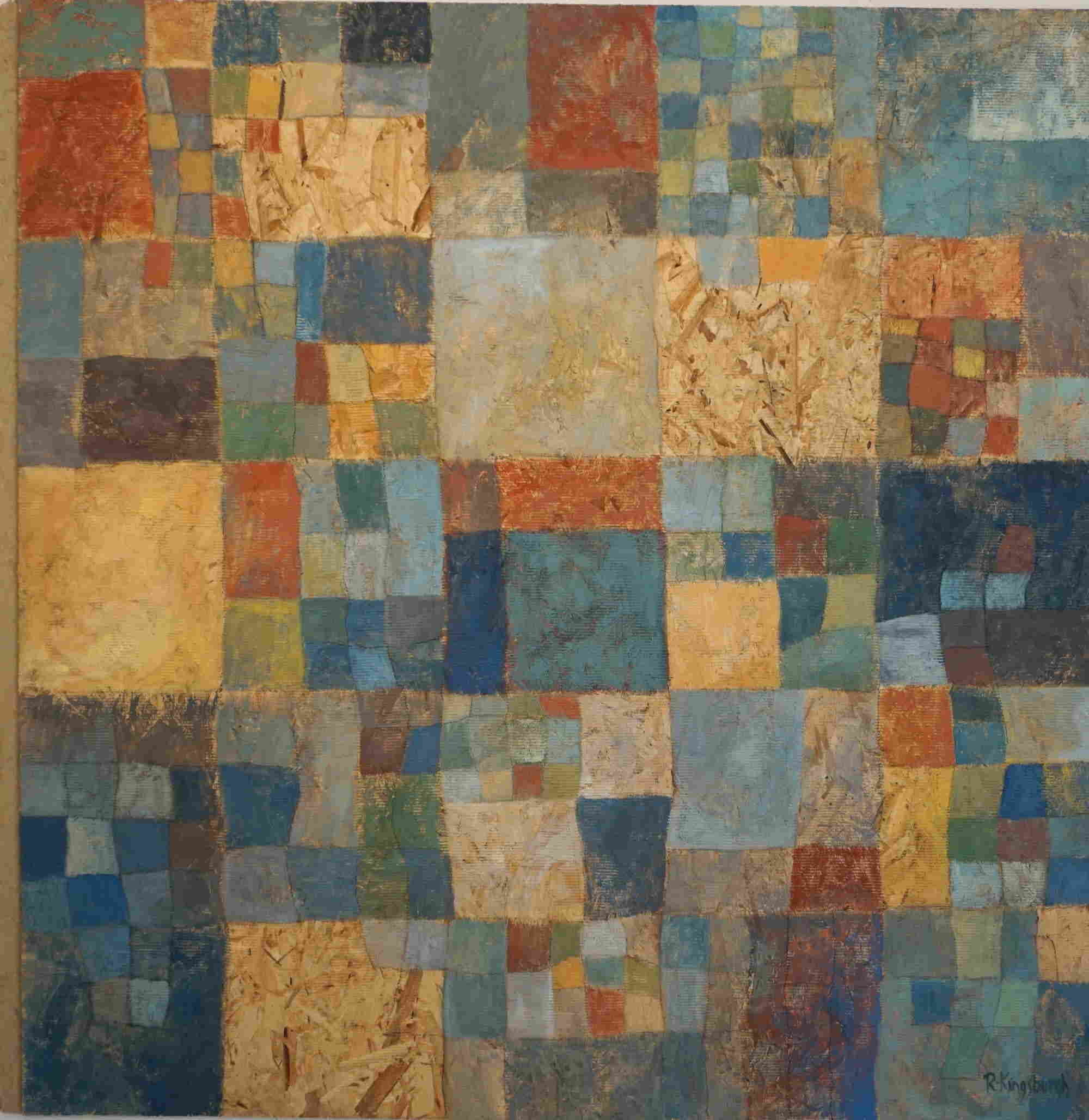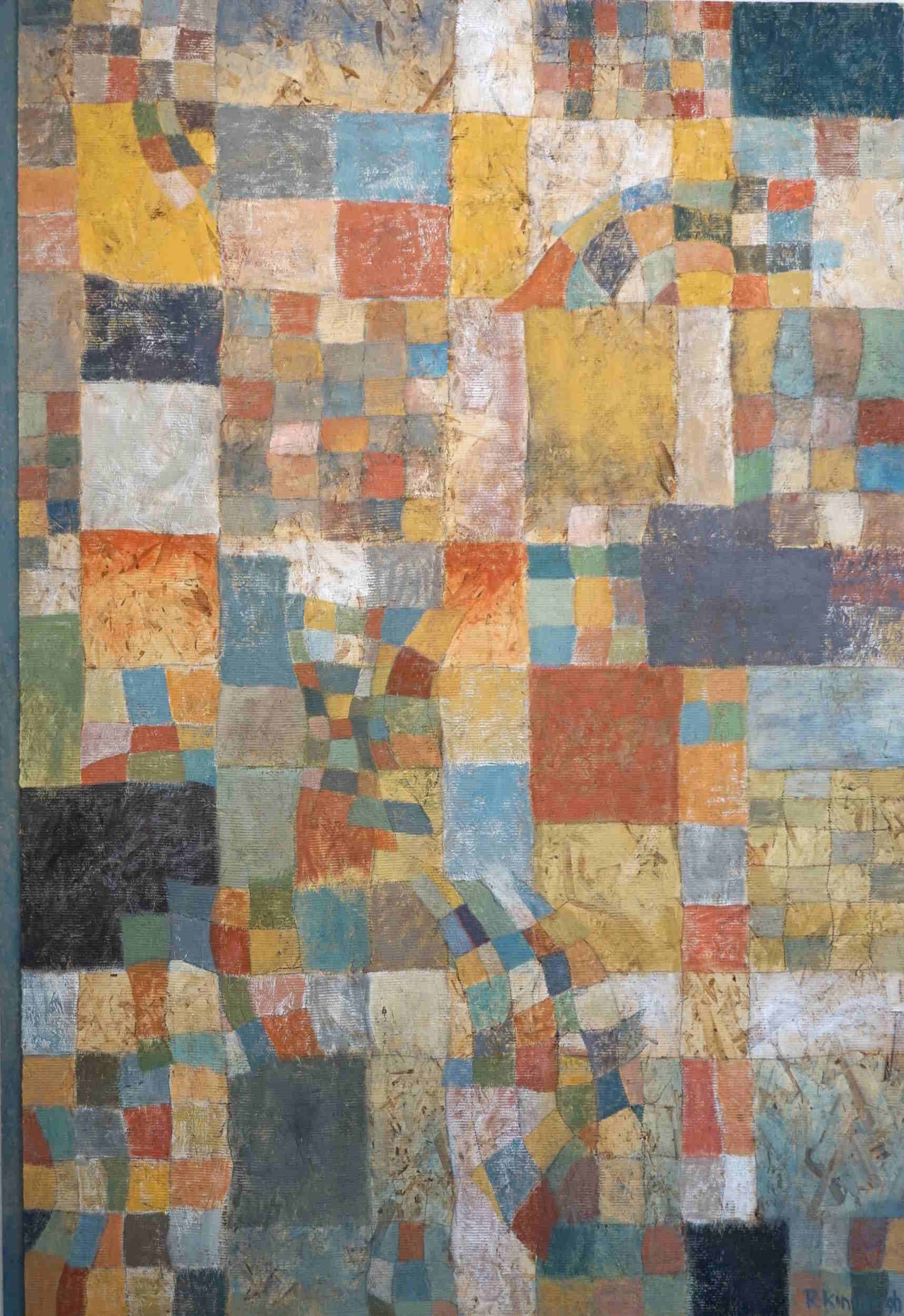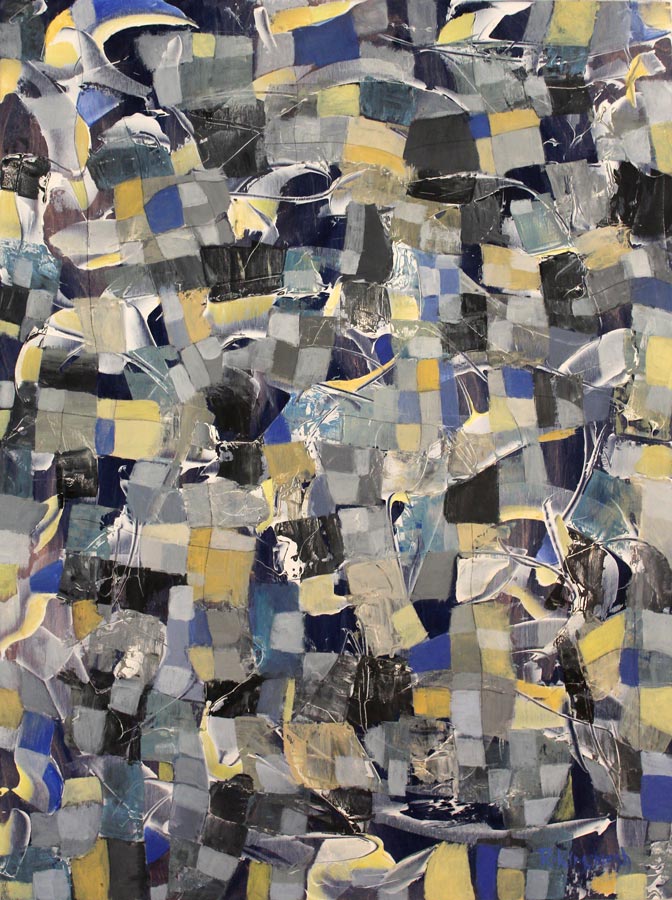Stone circles

Statement on Stone circles: For me, these sacred stone circles unite many of my longstanding interests: geometry; time; the sky; our spiritual connection to the cosmos. These Neolithic burial sites in northern Scotland connected ancient peoples to life, death, and the sky. In this series, circles, squares and grids become meditations on rhythm, form, tone and colour. The universal geometry of the circle and its association with celestial rhythms provides a way for us to connect to our ancestors across time, relating cosmic cycles to our own human cycle of life and death.
After Harmonia





Statement on After Harmonia: Inspired by Pythagoras’ circle of fifths, my After Harmonia series presents improvisations on interconnected chords of a circle. After experiencing the mesmerizing audiovisual piece Harmonia, conceived by Christos Hatzis and realized by Bruno Degazio, where visualizations of harmonic chords are presented simultaneously with their audio counterparts, I wanted to create a rougher and more chaotic version in paint on wood panels. During the production of my paintings, the rough sound of the palette knife scraping across the wood was equally important as the visual concept of roughly joining chords in a circle, in contrast to the precision of the audiovisual Harmonia. The resulting works simultaneously in invokes macroscopic scales - like the expanding Universe, or the interior of a star, and microscopic scales - like the interior of a proton, embodying Pythagoras’ notion of the underlying geometrical unity of our Universe.
Squares & Grids














Statement on using squares & grids: My work takes inspiration from geometry. For me the square and the circle are starting points. And ending points. The square, defined by the horizontal and the vertical: it’s all you need. The circle: a snake biting its tail; the beginning and end; the still point. Geometric archetypes. But there is no perfect circle; there is no perfect square. The beauty of Pythagoras is within our minds. Rendered by the human hand, the square becomes imperfect, and becomes a part of the human world – where imperfection reigns. The rhythm of imperfection is beauty, where order and chaos dance, and sometimes balance.
Circles






At the still point of the turning world. Neither flesh nor fleshless;
Neither from nor towards; at the still point, there the dance is,
But neither arrest nor movement. And do not call it fixity,
Where past and future are gathered. Neither movement from nor towards,
Neither ascent nor decline. Except for the point, the still point,
There would be no dance, and there is only the dance.
- T.S. Eliot, Four Quartets I, Burnt Norton



